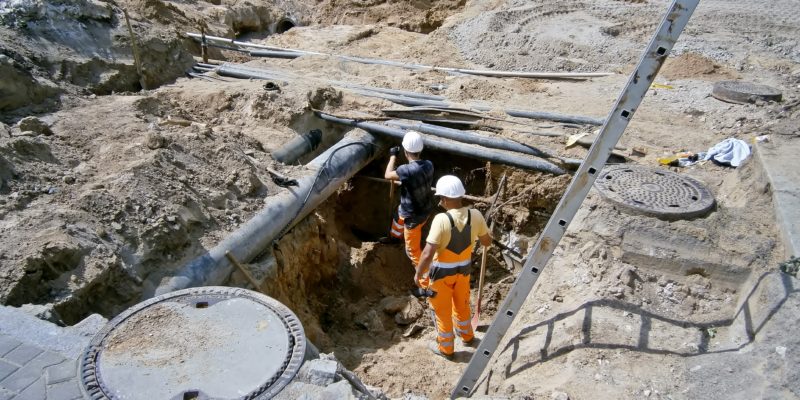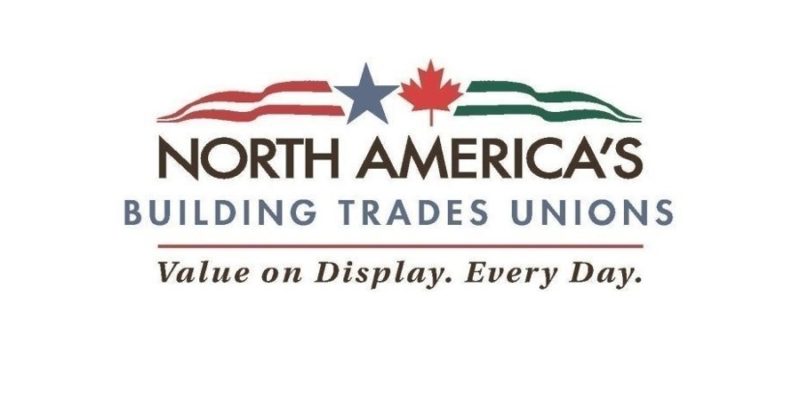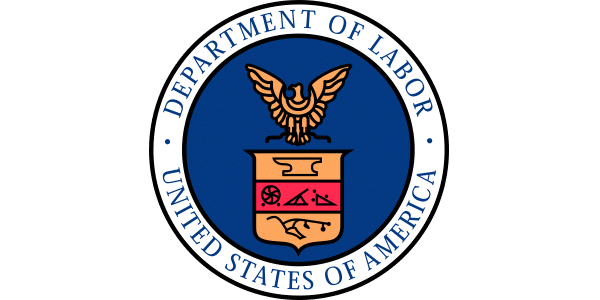White House
March 6, 2024
By the authority vested in me as President by the Constitution and the laws of the United States of America, it is hereby ordered as follows:
Section 1. Policy. My Administration’s Investing in America agenda includes a once-in-a-generation investment in our Nation’s infrastructure. This agenda is also driving the creation of well-paying jobs and growing the economy sustainably and equitably, and it will continue to do so for decades to come. To fully realize the benefits of these investments, students and workers at all stages of life need equitable access to education and training for the good jobs in their communities.
Critical to achieving these goals is promoting Registered Apprenticeships, as described in title 29, parts 29 and 30, of the Code of Federal Regulations, which provide substantial benefits to both workers and employers. As the Nation’s largest employer and procurer of goods and services, the Federal Government can be a model for the use and promotion of skills-based hiring, such as the use of Registered Apprenticeships, which reduces barriers to employment and attracts a diverse workforce to meet our Nation’s critical needs. My Administration has made strengthening and empowering the Federal workforce a management priority. As a part of its overall strategy to hire, retain, and develop the people needed to accomplish executive department and agency (agency) missions and to create equitable, transparent, and transferable career-development pathways, the Federal Government can scale and expand Registered Apprenticeship programs to modernize and broaden avenues to Federal jobs, thereby improving access to opportunities for underserved workers.
Additionally, Labor-Management Forums provide an opportunity for managers, employees, and employees’ union representatives to discuss how Federal Government operations can promote satisfactory labor relations and improve the productivity and effectiveness of the Federal Government. Labor-Management Forums, as complements to the existing collective bargaining process, allow managers and employees to collaborate in order to continue to deliver the highest quality goods and services to the American people.
It is the policy of my Administration to promote Registered Apprenticeships to meet employer needs while investing in workers’ skills; reducing employment barriers; and promoting job quality, equity, inclusion, and accessibility for the benefit of the Federal Government and the Nation. Further, it is the policy of my Administration to establish cooperative and productive labor-management relations throughout the executive branch.








